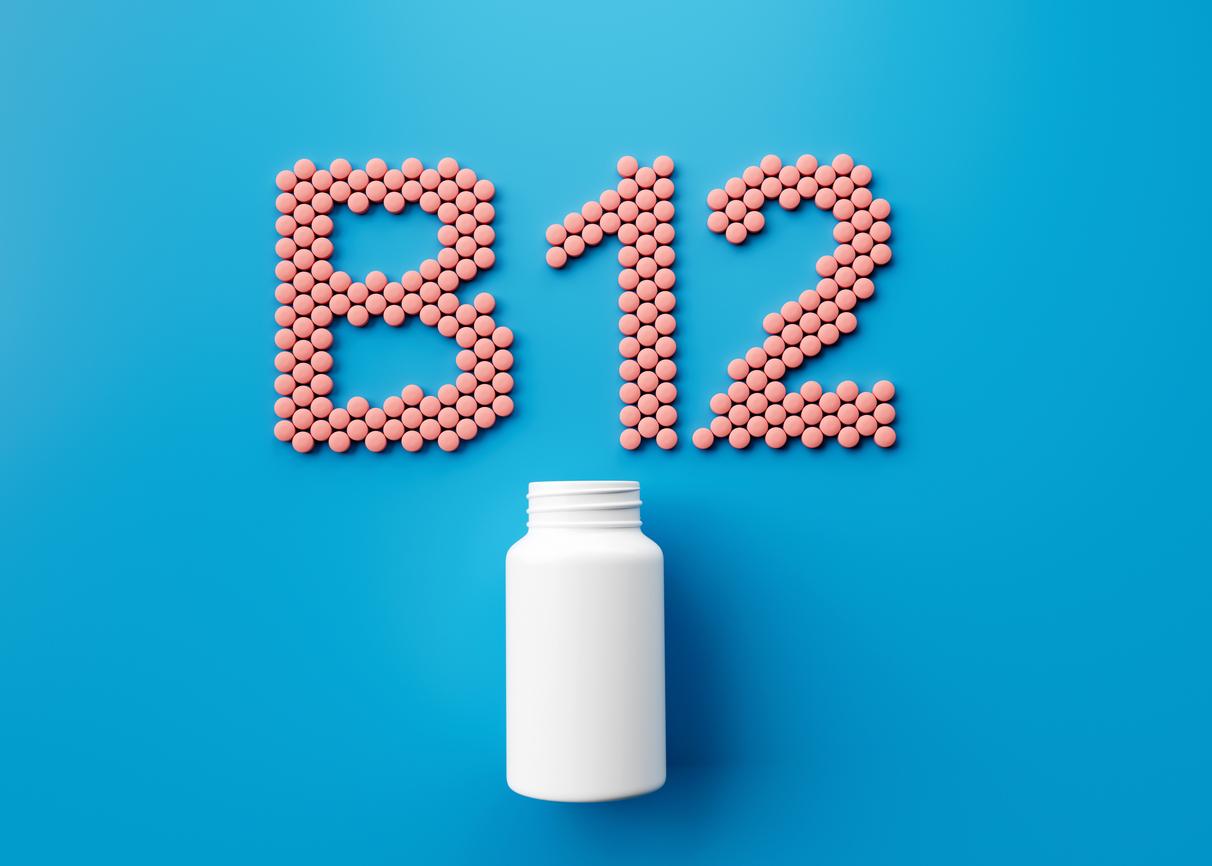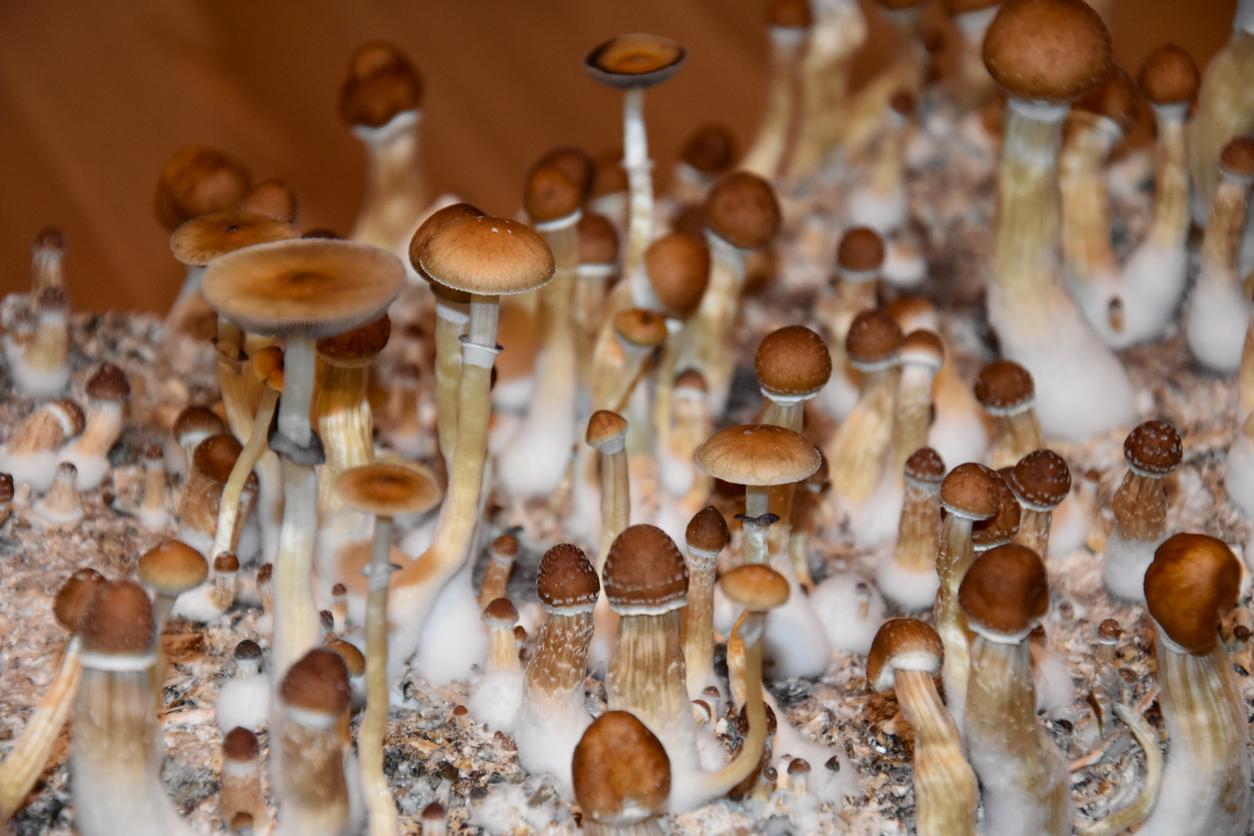Glioblastoma: what are we talking about exactly?
A glioblastoma is a malignant tumor of the brain: “it’s brain cancer, simplifies Prof. Jean-Yves Blay, oncologist. A glioblastoma is formed when certain brain cells (glial cells, which in particular allow the proper functioning of neurons and nerve conduction) begin to multiply in an anarchic manner until they form a tumor.“
On medical examination, this tumor (which we call “primitive” because it grows within the brain) appears in the form of a “ball” or a branched “structure” without clear boundaries.
To know. Glioblastoma is part of the glioma family: these brain tumors are (fortunately!) Not all cancerous. Gliomas thus present several grades of aggressiveness: and among the most aggressive, we find … glioblastoma (grade 4).
Glioblastoma: what are the risk factors?
Glioblastoma: is it rare? Glioblastoma is not a common brain tumor: it is estimated that, every year, 2,400 new cases are diagnosed in France. Its incidence is around 4 cases per 100,000 inhabitants, or 1 case per year for a municipality of 25,000 inhabitants.
Risk factors: who is affected by glioblastoma? Glioblastoma being a malignant tumor still poorly understood, Science is (for the moment) no certainty. “This brain tumor rather appears in adults between the ages of 50 and 70: children are more affected by less aggressive gliomas (grade 1)“, specifies Pr. Jean-Yves Blay. Who adds that”the disease affects men a little more frequently than women“.
What about genetics? “We are aware of genes that predispose to the development of glioblastoma: cases of genetic origin are however quite rare, and other risk factors (still unknown) are probably involved.“
What are the symptoms of glioblastoma?
Symptoms of glioblastoma are indicative of brain distress (because the brain is damaged) as well as intracranial hypertension (because the tumor “grows” inside the skull). We can in particular observe:
- Epilepsy: “it is a classic symptom of glioblastoma“underlines the doctor,
- Headaches like migraines,
- Nausea and / or vomiting,
- Speech disorders: difficult articulation, for example,
- Mental confusion: problems with concentration, or with locating in time / space, for example.
To know. “The diagnosis of glioblastoma can be made by a neurologist or by a neurosurgeon, but it can also result from a consultation in an emergency department or general medicine“says Prof. Jean-Yves Blay. It should be noted that if left untreated, glioblastoma can be fatal within just a few weeks …
Treatments: what treatment for glioblastoma?
How is the diagnosis carried out? “The doctor who suspects the presence of glioblastoma will have two main medical examinations: a CT scan and magnetic resonance imaging (MRI)“explains the oncologist. The CT scan and MRI allow the doctor to visualize the tumor precisely and assess the severity of the lesion:”it is particularly a question of looking at its size and its exact location in the brain“.
A sample is then prescribed to the patient: performed under general anesthesia, this can consist of a surgical operation (it is then necessary to open the cranial box) or a biopsy (“it is the most frequent solution because it is the least invasive“notes Prof. Jean-Yves Blay).”This sample is necessary because there are several different types of glioblastoma at the molecular level: not all are treated in the same way.“
Glioblastoma: what are the treatments? “The management of glioblastoma will depend on the age and general condition of the patient.“specifies the doctor. In France, two alternatives are possible:
- Depending on the location and shape of the glioblastoma, removal of the tumor via surgery may be considered.
- The most frequently used treatment consists of a combination of chemotherapy (temozolomide or Temodal®) and radiotherapy. “There are side effects but the results are encouraging“affirms Prof. Jean-Yves Blay.
To know. “Progress has been made in the fight against glioblastoma: the combination of chemotherapy and radiotherapy is one of them. Tumors of the glioma family are better and better known and researchers are currently working on a better understanding of the biology of the disease in order to put in place suitable therapies.“
After that ? Glioblastoma unfortunately suffers from a rather poor prognosis since the 5-year survival rate is less than 10%. In addition, recurrences (which occur on average 9 months after the end of treatments) are frequent.
Thanks to Prof. Jean-Yves Blay, oncologist and general manager of Léon Bérard Center (Lyon).
Source:Glioblastoma Association Michèle Esnault (GFME)
Read also :
Alice in Wonderland syndrome linked to tumor
Meningioma: what is it exactly?
More brain tumors among graduates

















